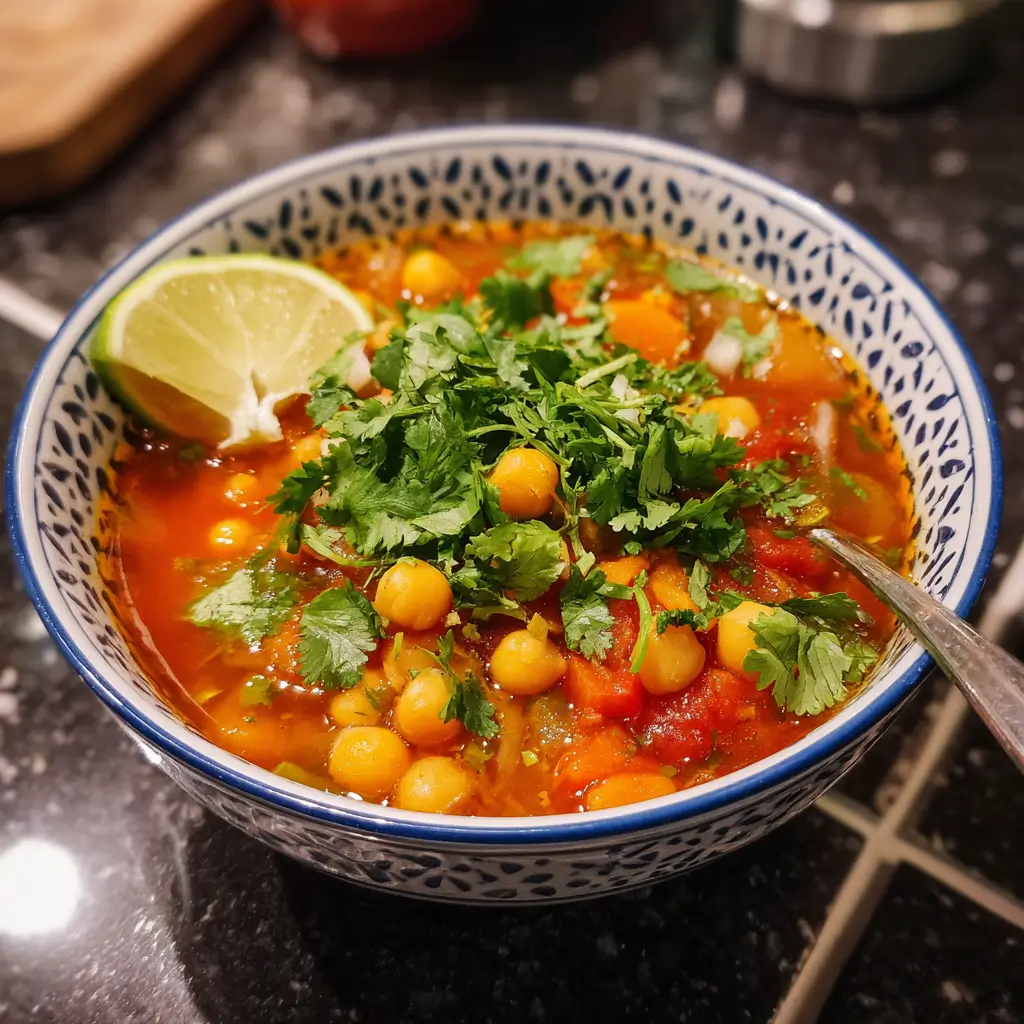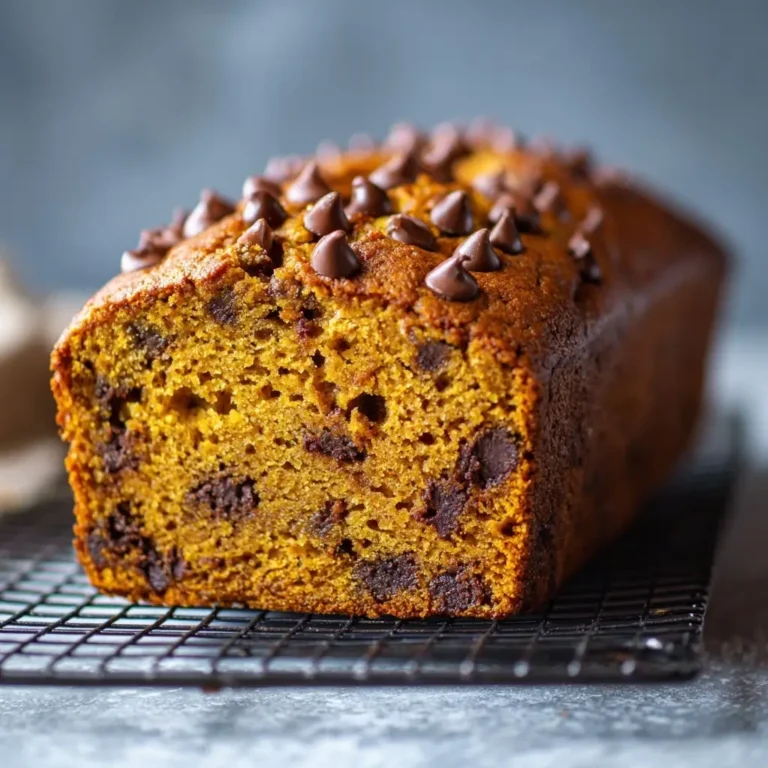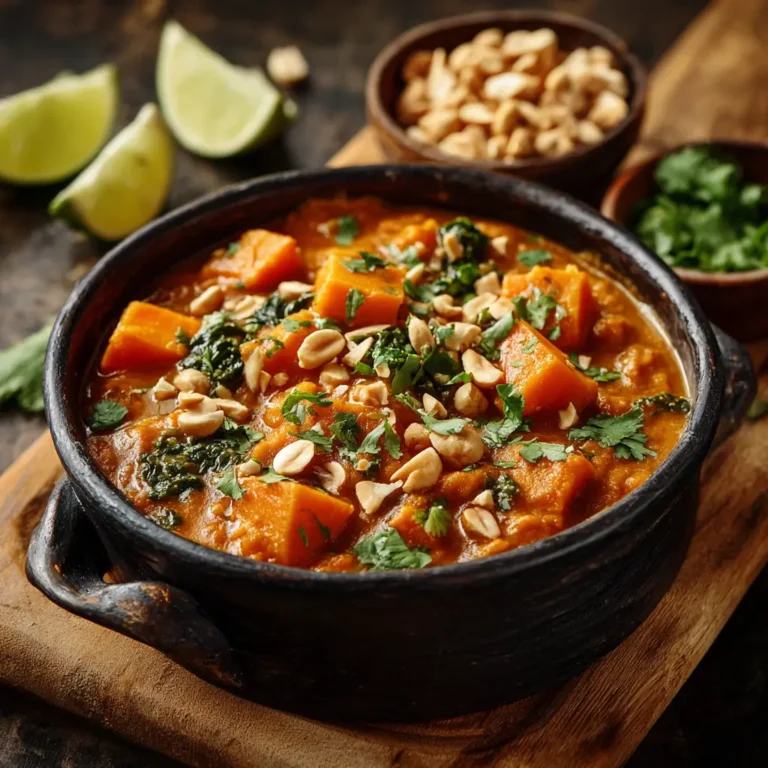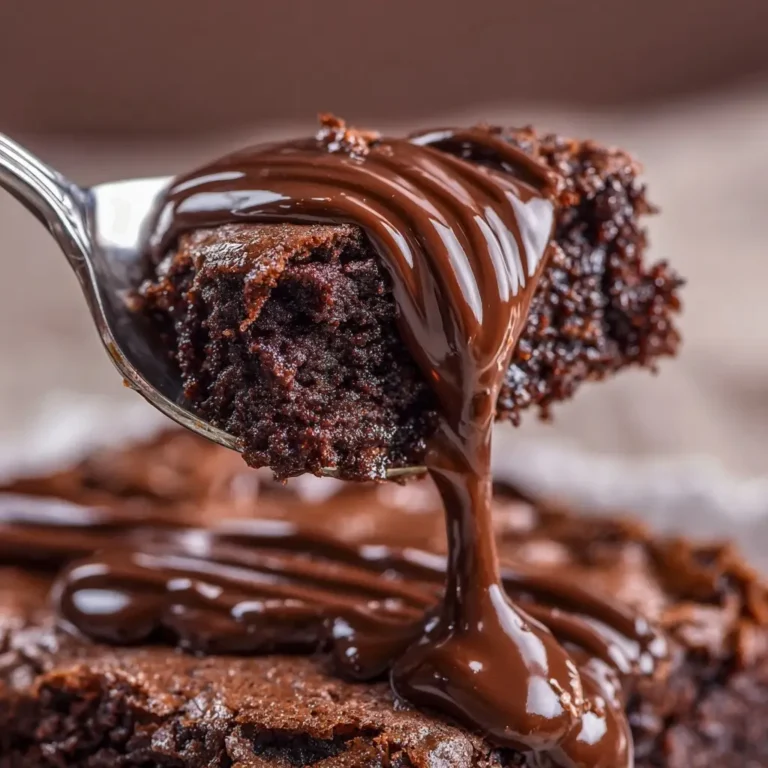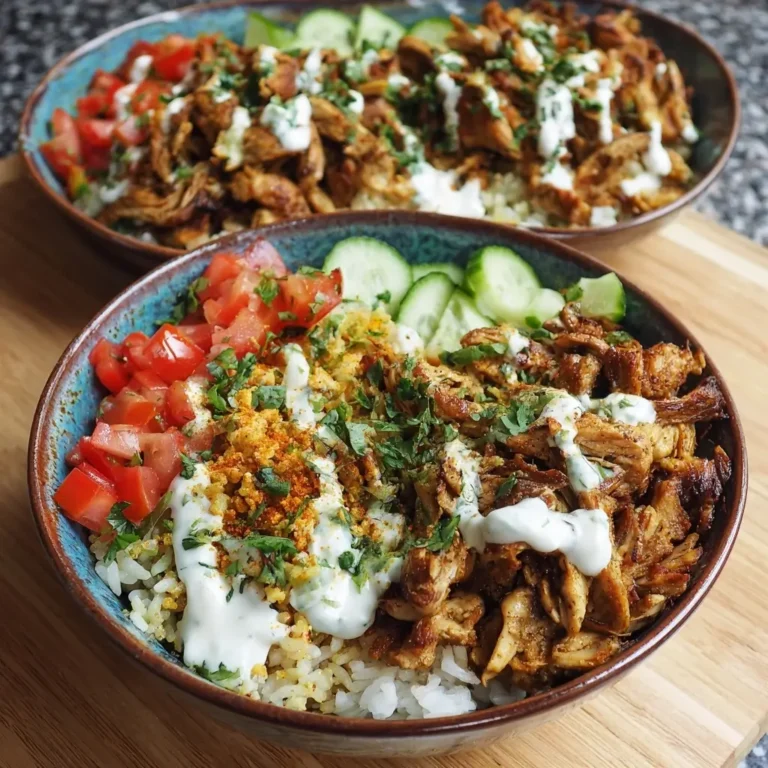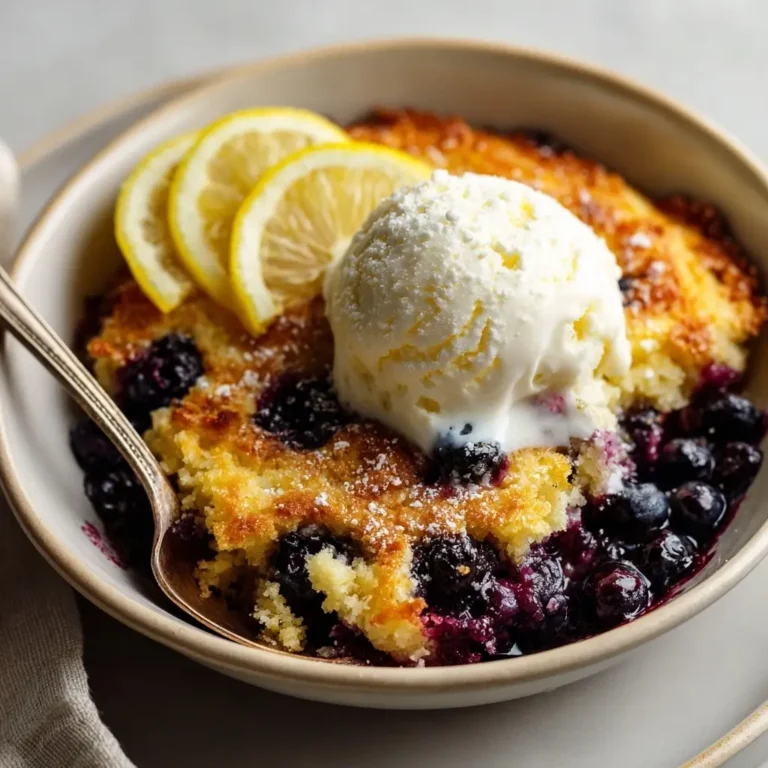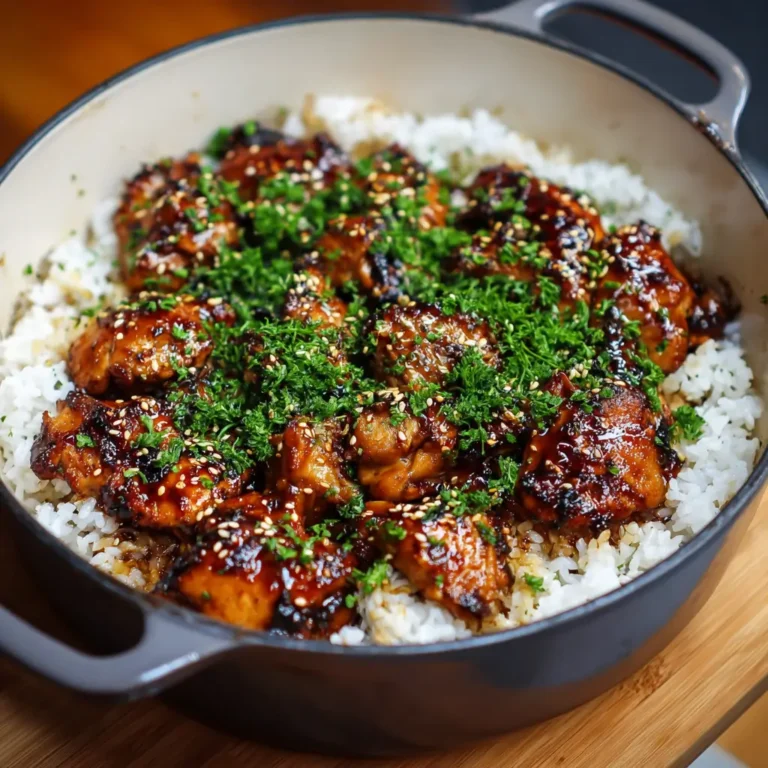Moroccan Chickpea Stew
Introduction
Moroccan Chickpea Stew, known locally as *Harira*, is a beloved traditional dish that embodies the warmth and richness of Moroccan cuisine. Often enjoyed during Ramadan to break the fast, this hearty stew is also a staple in households throughout the year. Packed with wholesome ingredients like chickpeas, lentils, tomatoes, and aromatic spices, it’s a nourishing and comforting meal that satisfies both the palate and the soul. Whether you’re new to Moroccan food or a seasoned fan, this stew is a must-try for its depth of flavor and cultural significance.
The History
Harira has deep roots in Moroccan culinary tradition, dating back centuries. It is believed to have originated from the Maghreb region of North Africa and has been influenced by Berber, Arab, and Andalusian cuisines. Traditionally made during religious observances like Ramadan and Eid, the stew symbolizes hospitality, generosity, and community. While the basic components remain consistent, each region and even each family may have its own unique version, passed down through generations. The dish is more than just food—it’s a celebration of culture, history, and togetherness.
Ingredients Breakdown
The magic of Moroccan Chickpea Stew lies in its balance of ingredients, both in flavor and nutrition.
- Chickpeas: A protein-rich legume that gives the stew its hearty texture.
- Lentils: Adds extra protein and helps thicken the broth.
- Tomatoes: Provide a rich, tangy base, often used in the form of puree or crushed tomatoes.
- Onions: Sautéed to build a sweet, savory foundation.
- Garlic: Adds depth and warmth to the flavor profile.
- Ginger and Turmeric: Signature spices that lend earthy warmth and vibrant color.
- Cinnamon and Cumin: For a uniquely Moroccan aromatic twist.
- Vegetable or Chicken Broth: The base liquid that brings everything together.
- Parsley and Cilantro: Fresh herbs for brightness and contrast.
- Olive Oil: Used for sautéing and adds a subtle richness.
- Rice or Vermicelli: Often included for added texture and heartiness.
Step-by-Step Recipe
- Heat olive oil in a large pot over medium heat. Add chopped onions and sauté until golden.
- Add minced garlic and grated ginger, cooking for another 2–3 minutes until fragrant.
- Stir in ground cumin, turmeric, cinnamon, and a pinch of black pepper. Toast the spices briefly.
- Add the chopped tomatoes or tomato puree and cook down for about 5 minutes.
- Introduce the rinsed chickpeas and lentils into the pot, stirring to coat in the mixture.
- Pour in the vegetable or chicken broth, bringing the stew to a boil before reducing to a simmer.
- Add rice or broken vermicelli noodles if desired and simmer for about 45 minutes or until lentils and rice are tender.
- Stir in fresh parsley and cilantro just before serving.
- Taste and adjust seasoning with salt and pepper.
Tips
- Soak dried chickpeas overnight for a richer flavor, or use canned for convenience.
- To enhance the depth of flavor, roast the garlic slightly before adding it.
- For a thicker stew, use less broth or simmer longer to reduce the liquid.
- Use a mix of fresh and dried herbs for a more complex flavor profile.
- Serve with a squeeze of lemon juice for a refreshing tang.
- Harira is best served hot, ideally with warm bread like Moroccan msemen or baguette.
Variations and Customizations
Moroccan Chickpea Stew is incredibly versatile and can be tailored to personal preferences or dietary needs:
- Vegan: Use vegetable broth and skip any meat-based additions.
- With Meat: Some recipes include lamb or beef for a more indulgent version.
- Gluten-Free: Omit the rice or vermicelli and add more lentils or quinoa instead.
- Spice Level: Adjust the amount of cinnamon or add a pinch of cayenne for heat.
- Extra Veggies: Add diced carrots, celery, or zucchini for more fiber and nutrients.
- Protein Boost: Toss in some white beans or edamame for added plant-based protein.
Health Considerations and Nutritional Value
Moroccan Chickpea Stew is not only delicious but also packed with nutrients.
- High in Protein: Thanks to chickpeas and lentils, making it ideal for vegetarians and vegans.
- Rich in Fiber: Promotes digestive health and keeps you full longer.
- Low in Fat: Naturally low in fat, especially when made with olive oil and no meat.
- Antioxidant-Rich: Tomatoes and spices like turmeric offer anti-inflammatory benefits.
- Gluten-Free Option: Easily adaptable for those with gluten sensitivities.
- Bone Health: The presence of calcium-rich greens like parsley supports bone strength.
Ingredients
- 2 tablespoons olive oil
- 1 large onion, chopped
- 3 cloves garlic, minced
- 1 teaspoon grated fresh ginger
- 1 teaspoon ground cumin
- ½ teaspoon ground turmeric
- ½ teaspoon ground cinnamon
- Pinch of black pepper
- 2 cups chopped tomatoes or 1 cup tomato puree
- 1 cup dried chickpeas (soaked overnight) or 2 cups canned, drained
- ½ cup dried red lentils
- 6 cups vegetable or chicken broth
- ½ cup broken vermicelli or rice (optional)
- ¼ cup chopped fresh parsley and cilantro
- Salt to taste
- Lemon wedges for serving
Directions
- In a large pot, heat olive oil over medium heat. Add onions and sauté until golden brown, about 5–7 minutes.
- Add garlic and ginger; cook for another 2–3 minutes until fragrant.
- Stir in cumin, turmeric, cinnamon, and black pepper. Cook for 1 minute to toast the spices.
- Add chopped tomatoes or tomato puree and cook down for 5 minutes, stirring occasionally.
- Include the chickpeas and lentils, stirring well to coat in the mixture.
- Pour in the broth and bring to a boil, then reduce heat and simmer for 45 minutes or until lentils are tender.
- If using rice or vermicelli, add after 30 minutes of simmering.
- Season with salt, then stir in fresh herbs before serving.
- Serve hot with lemon wedges on the side.
FAQ
Can I use canned chickpeas?
Yes, you can use canned chickpeas to save time. Just rinse and drain them before adding to the stew.
How long can I store Harira?
It keeps well in the fridge for up to 4 days. In fact, the flavors often deepen after sitting overnight.
Can I freeze Moroccan Chickpea Stew?
Absolutely. Cool completely and store in airtight containers for up to 3 months.
Is Harira spicy?
It’s more aromatic than spicy. However, you can add a pinch of chili flakes or cayenne if you prefer heat.
What can I serve with Harira?
Traditionally served
